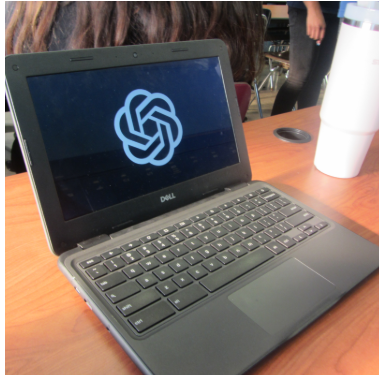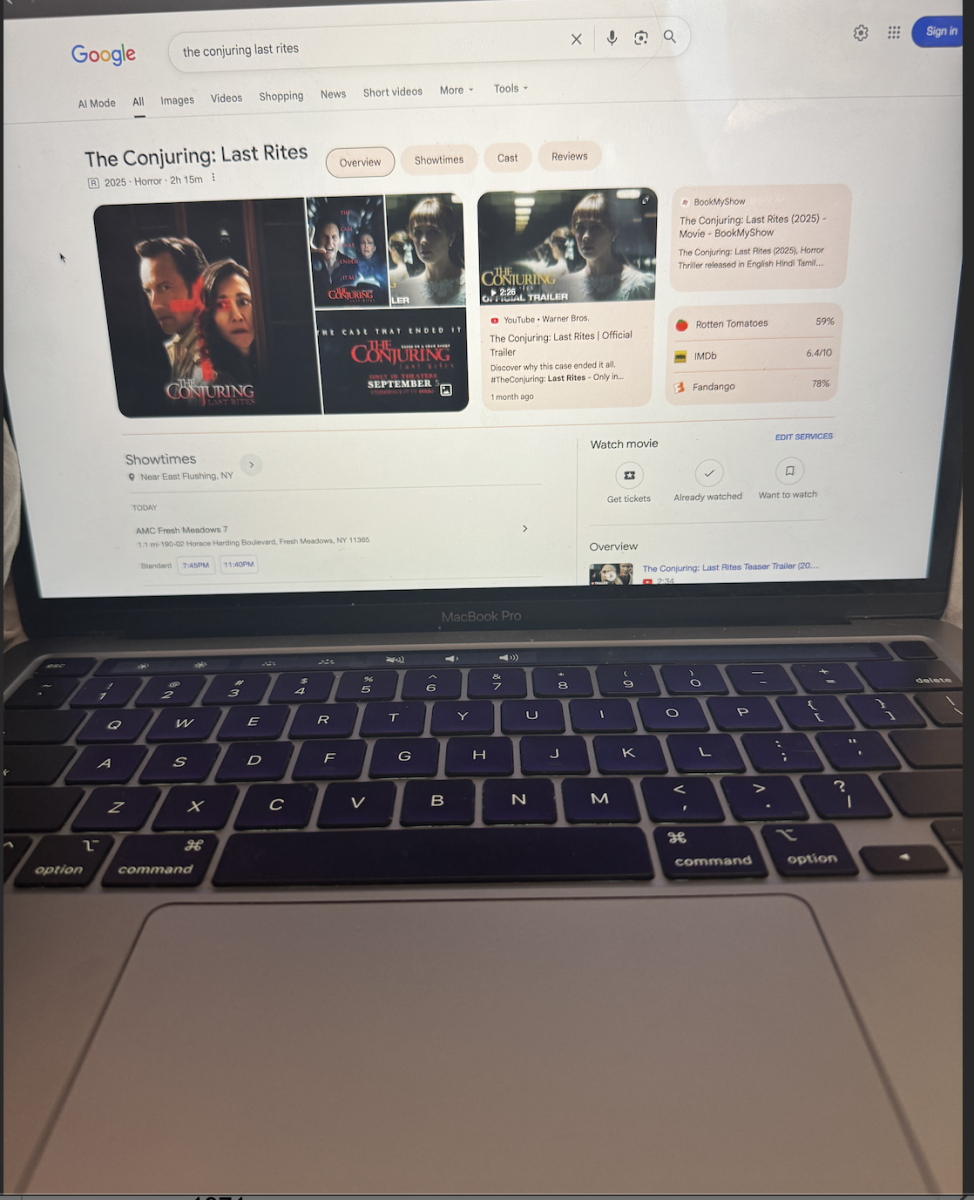Deidre Lehamn, a woman diagnosed with Bipolar Disorder, has struggled with depression for the majority of her life, plagued by episodes consisting of spiraling sessions and hearing voices in her head.
The depressive episodes she faced on a continual basis reached a peak in 2018, what seemed to be an average episode transcened within a matter of hours into a suicidal bender, the voices in her head torutured her with a continuous mantra of deprecated speech.
A call was made to Dr. Nolan Williams, the director of the Brain Stimulation at Stanford University who labeled Lehman’s case as a ‘brain emergency.’
Prior to being contacted, Dr. Williams was in the process of producing an experimental treatment in regards to mental instability, utilizing direct magnetic stimulation that was developed by the Stanford Accelerated Intelligent Neuromodulation Therapy.
Dr. Williams approaches the treatment with the perception of abolishing a ‘brain disease.’
An MRI scan is done, focusing primarily on the frontal lobe region which is linked with important functions including memory.
The procedure locates a spot within the brain, consisting of the highest level of emotional turmoil, establishing the area as the most effective in regards to absorbing a large amount of the treatment.
The section is then stimulated with SAINTS magnetic pulses which replicate the order of brain waves, in a repetitive fashion, communicating to ‘turn off’ the suffocating emotions, allowing the brain to regain a control of balanced emotions.
Within 24 hours of Lenham’s first treatment following the suicidal crisis, she claimed to no longer hear the voices and returned to being a smiling individual.
Treatments, renewal in procedures are required to maintain the state; besides the fade in impact no sign of detrimental effects have been documented.
Sonya Woodham, a junior at WJPS stated, “It’s not only a brighter future for the well being of those who struggle with mental health issues, but also the possible beneficial impacts technology holds for the future.”
Another WJPS junior, Daniela Quispe, said, “That should be shared with the world, but I think caution should be taken in each individual’s case.”
With this developed form of medicine, prospects of interceptive change especially within the adolescent demographic has increased exponentially, eliciting an aspiration for the nature of future societal perception and acts.
“Groupe d’imagerie Cérébrale / Brain Imaging Group” by Institut Douglas is licensed under CC BY-NC-ND 2.0
































